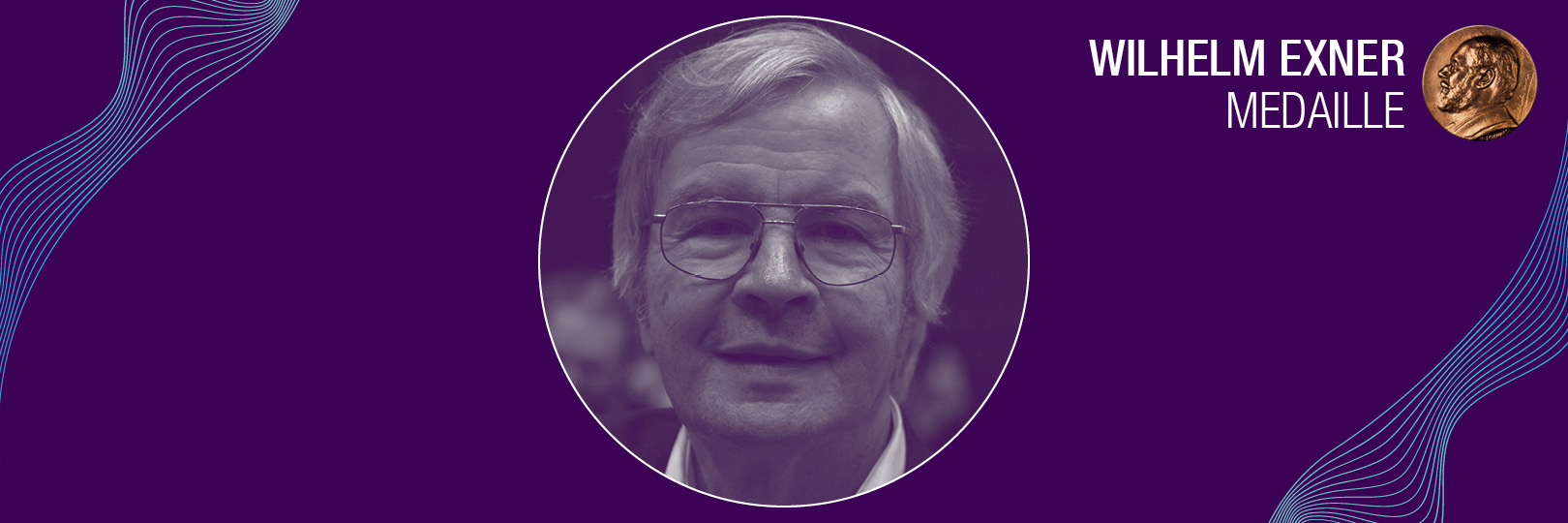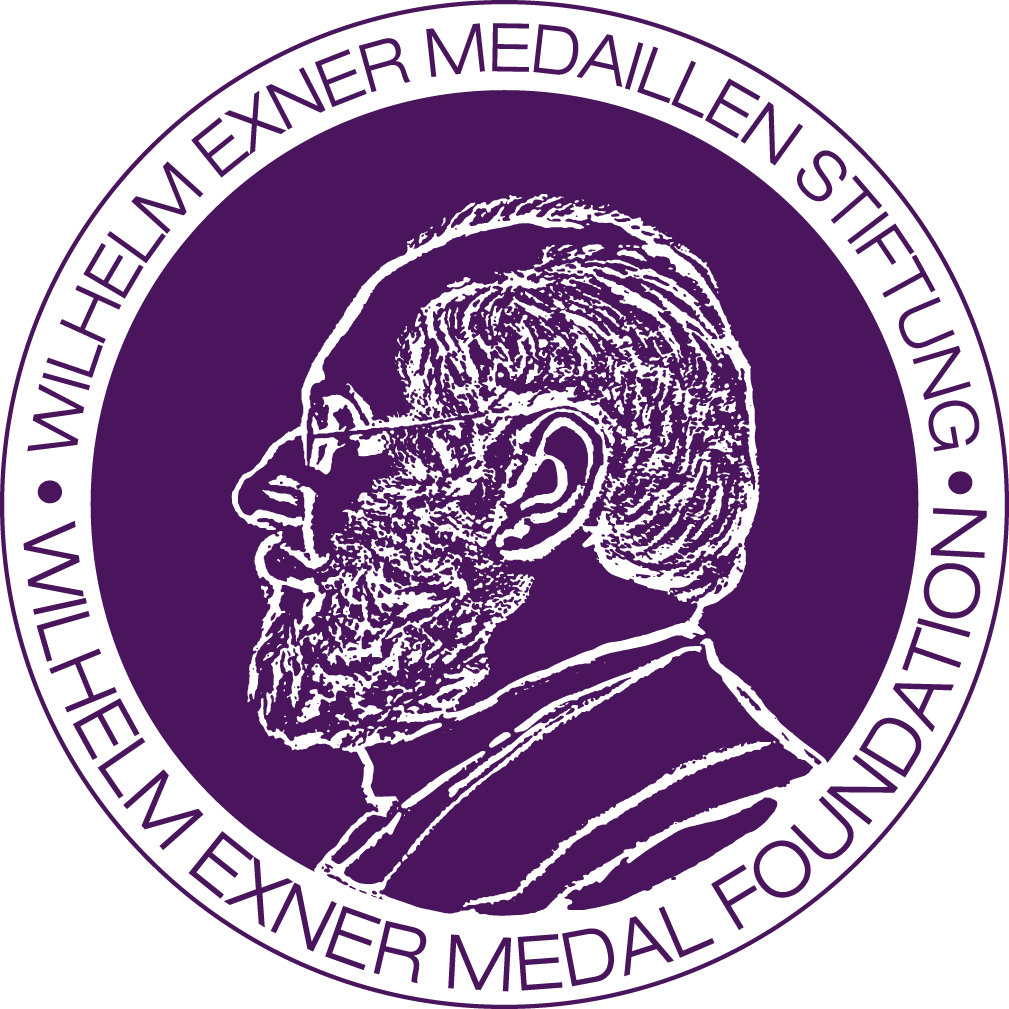
Theodor “Ted” Hänsch is a German physicist. He has been director at the Max Planck Institute of Quantum Optics in Garching near Munich since 1986, is a professor at the University of Munich, and is considered one of the pioneers of laser spectroscopy. Together with John Lewis Hall and Roy J. Glauber (both USA), he was awarded the Nobel Prize in Physics in December 2005.
Hänsch worked as a post-doc with Nobel Prize winner Arthur L. Schawlow on various problems in laser physics. Both were named “California Scientist of the Year” for their work in 1973. In 1975, Hänsch received his own chair at Stanford.
His development, the frequency comb, which first made possible the production of high-precision atomic clocks, led to a revolution in time measurement. The frequency comb was a key invention for measuring the rotation of the earth or distances in astronomy, among other things. Einstein’s theory of relativity can since be subjected to new high-precision tests. Hänsch holds 40 patents and founded the company Menlo-Systems.

